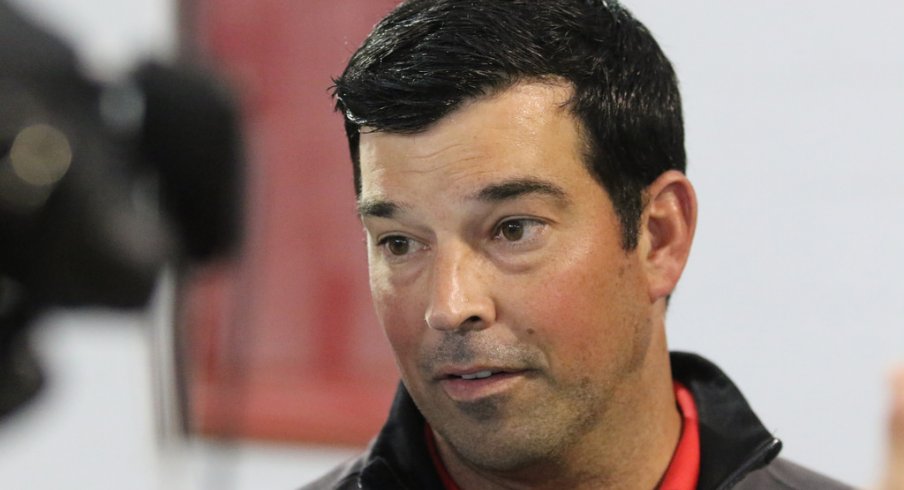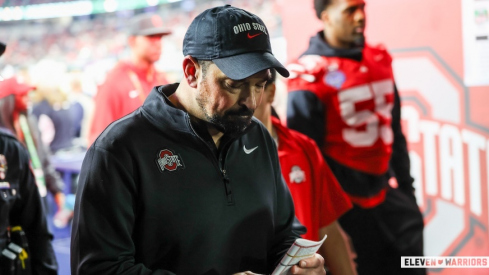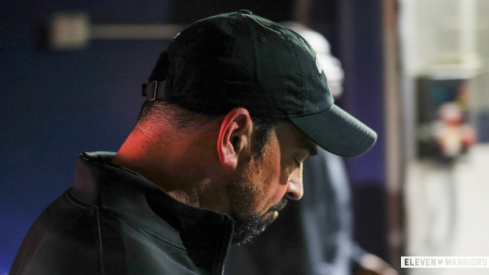The two themes of Ohio State's fall camp on the offensive side of the ball have been improving the deep ball and speeding up the tempo, but there is a third element to the Buckeyes' 2017 offense that should help bring it all together.
Stretching the field from sideline to sideline is something quarterbacks coach Ryan Day said is equally important to Ohio State's success moving the football downfield.
"It was a huge emphasis when Kevin (Wilson) and I got here that we wanted to attack," Day said. "Our skill guys are talented and they have been around awhile. They are reliable and we want to feature those guys."
Using the horizontal passing game in Ohio State's offense doesn't necessarily mean the Buckeyes will be dropping back and throwing the ball downfield, outside the hash marks.
Wilson, who is entering his first season as Ohio State's offensive coordinator, said after the Buckeyes' first day of camp that throwing the ball horizontally serves multiple purposes, including keeping quarterback J.T. Barrett upright.
"Some of the intermediate passes, those bubble swings, those are an extension of the run game. They get logged as passing yards, but they are part of the run game," Wilson said July 27. "Then instead of sometimes (Barrett) having to pull it, him getting the ball on the perimeter via the short pass extends the run game and takes some hits off of his body."
In addition to lightening the load put on Barrett's legs, getting the ball on the perimeter can be used as a tool to open up the Buckeyes' downfield attack by wearing out the defensive line.
Wide receivers coach Zach Smith said Aug. 3 that when Ohio State has gone up-tempo and utilized the quick passing game in the past, it has opened up other areas of the Buckeye offense.
"I always go back to in 2012 we played Penn State, and their defensive line was ridiculous. We just (used) tempo, tempo, tempo and couldn’t move the ball. In the second half about mid-third quarter, the D-line was blown out, and we just started moving them off the ball," Smith said. "A lot of people think tempo is this equalizer if you don’t have as good of players. If you have great players at tempo, it’s that much more of an enhancer. It’s not hard to sell. Our kids want to do it.”
Barrett explained Monday that if Ohio State can combine their enhanced up-tempo attack with an effective sideline-to-sideline passing game, even their own defense will have a hard time stopping them.
"It is very important. For example, against our defense, we have really good guys up front. So to get those guys running and tired, (moving them) left to right, that is a big advantage on our part," Barrett said. "So on third down, when they are in their sprinter stance, are they going to run a 100 meter? No, they are tired because they just had to run to the ball because they have to, or big plays happen."
Barrett added that on quick pass plays to the perimeter, not only does the defensive front seven get gassed, the offensive line does not have to block as long, conserving their energy.
"With RPOs (run-pass option), our guys don't block as long, so those guys are not as tired. With that, it is an advantage for us," Barrett said.


